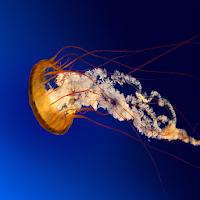"Science Revives Extinct Dire Wolves"
Bringing a super-sized canine back from extinction after 12,500 years might sound like the plot of a thrilling movie, complete with special effects of gnawed flesh and buckets of fake intestines. However, for the biotech company Colossal Biosciences, it's a reality. They've successfully used the DNA of the common gray wolf, gene-editing, and domestic dog surrogates to bring three dire wolves—Romulus, Remus, and their younger sister, Khaleesi—into existence at a secret location in the US.
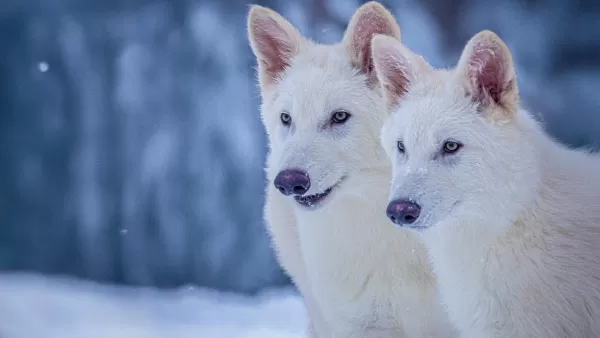 Romulus and Remus at three months old
Romulus and Remus at three months old
These dire wolves, resembling the iconic creatures from Game of Thrones, are a testament to advanced biotechnology. They are huge, white, and undeniably awesome, just as any mother of dragons would envision. Ben Lamm, CEO of Colossal, expressed his pride in the team's achievement, stating, "This massive milestone is the first of many coming examples demonstrating that our end-to-end de-extinction technology stack works."
The team's innovative approach involved using DNA from a 13,000-year-old tooth and a 72,000-year-old skull to create healthy dire wolf puppies. Lamm highlighted the magic of their technology, saying, "It was once said, ‘any sufficiently advanced technology is indistinguishable from magic.’ Today, our team gets to unveil some of the magic they are working on and its broader impact on conservation."
 Romulus and Remus at one month old
Romulus and Remus at one month old
Colossal Biosciences is no stranger to headlines, having previously engineered a "Colossal Woolly Mouse," resembling a mammoth, through computational analysis of numerous ancient mammoth genomes. Despite their achievements, critics argue that the dire wolves are merely gray wolves in elaborate costumes, suggesting that the existing dire wolf DNA is insufficient for a true genetic clone.
The company's ambitions extend beyond creating social media buzz or owning extraordinary pets. Colossal Biosciences aims to leverage its findings to preserve current species for future generations. Dr. Christopher Mason, a scientific advisor and board member, emphasized the transformative nature of their work, stating, "The de-extinction of the dire wolf and an end-to-end system for de-extinction is transformative and heralds an entirely new era of human stewardship of life."
Mason further explained that the technologies developed for the dire wolf project could aid in saving other endangered species, marking a significant advancement in genetic engineering for both science and conservation. He added, "This is an extraordinary technological leap in genetic engineering efforts for both science and for conservation as well as preservation of life, and a wonderful example of the power of biotechnology to protect species, both extant and extinct."
The dire wolves are housed in a 2,000+ acre preserve, vetted by the American Humane Society and the USDA, where they are cared for by a dedicated staff, ensuring their well-being and the success of this groundbreaking project.
-
1

GTA 6 Set for Fall 2025 Release, CEO Confirms
Apr 03,2025
-
2

First ALGS in Asia Emerges in Japan
Jan 19,2025
-
3

Roblox: CrossBlox Codes (January 2025)
Mar 04,2025
-
4

Introducing the Ultimate Guide to Seamless Character Swapping in Dynasty Warriors: Origins
Feb 25,2025
-
5
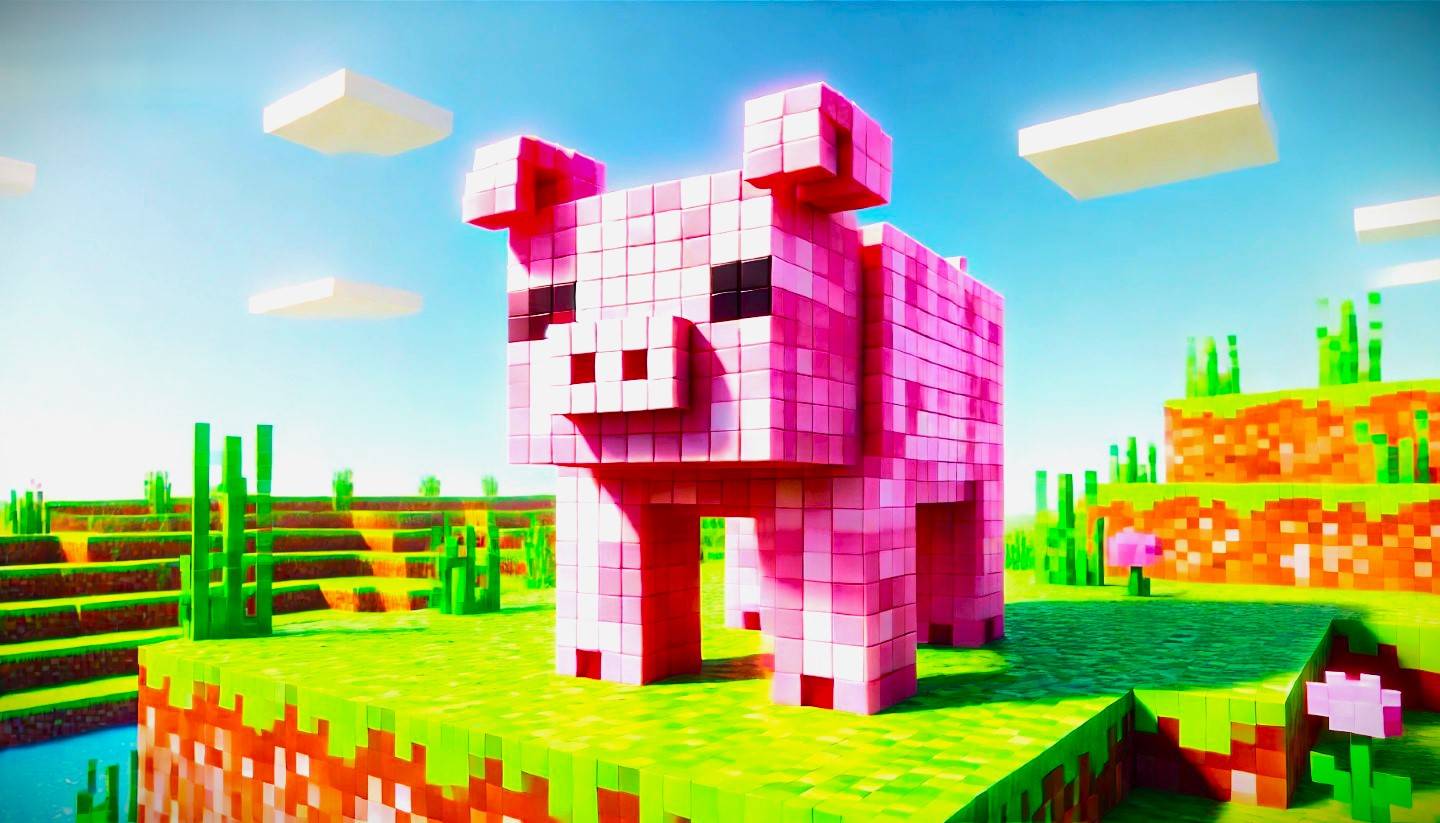
Cute mobs in Minecraft: pink pigs and why they are needed
Mar 06,2025
-
6

Max Hunter Rank in Monster Hunter Wilds: Tips to Increase
Apr 04,2025
-
7
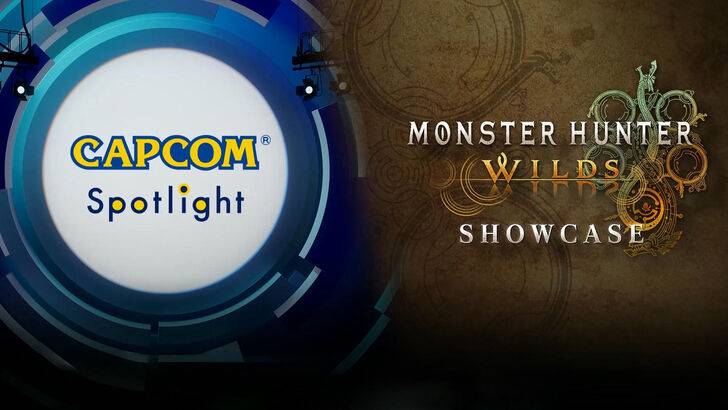
Capcom Spotlight Feb 2025 Showcases Monster Hunter Wilds, Onimusha and More
Apr 01,2025
-
8
![Roblox Forsaken Characters Tier List [UPDATED] (2025)](https://img.jdzca.com/uploads/18/17380116246797f3e8a8a39.jpg)
Roblox Forsaken Characters Tier List [UPDATED] (2025)
Mar 05,2025
-
9

Delta Force Mobile: Beginner's Guide to Getting Started
Apr 23,2025
-
10
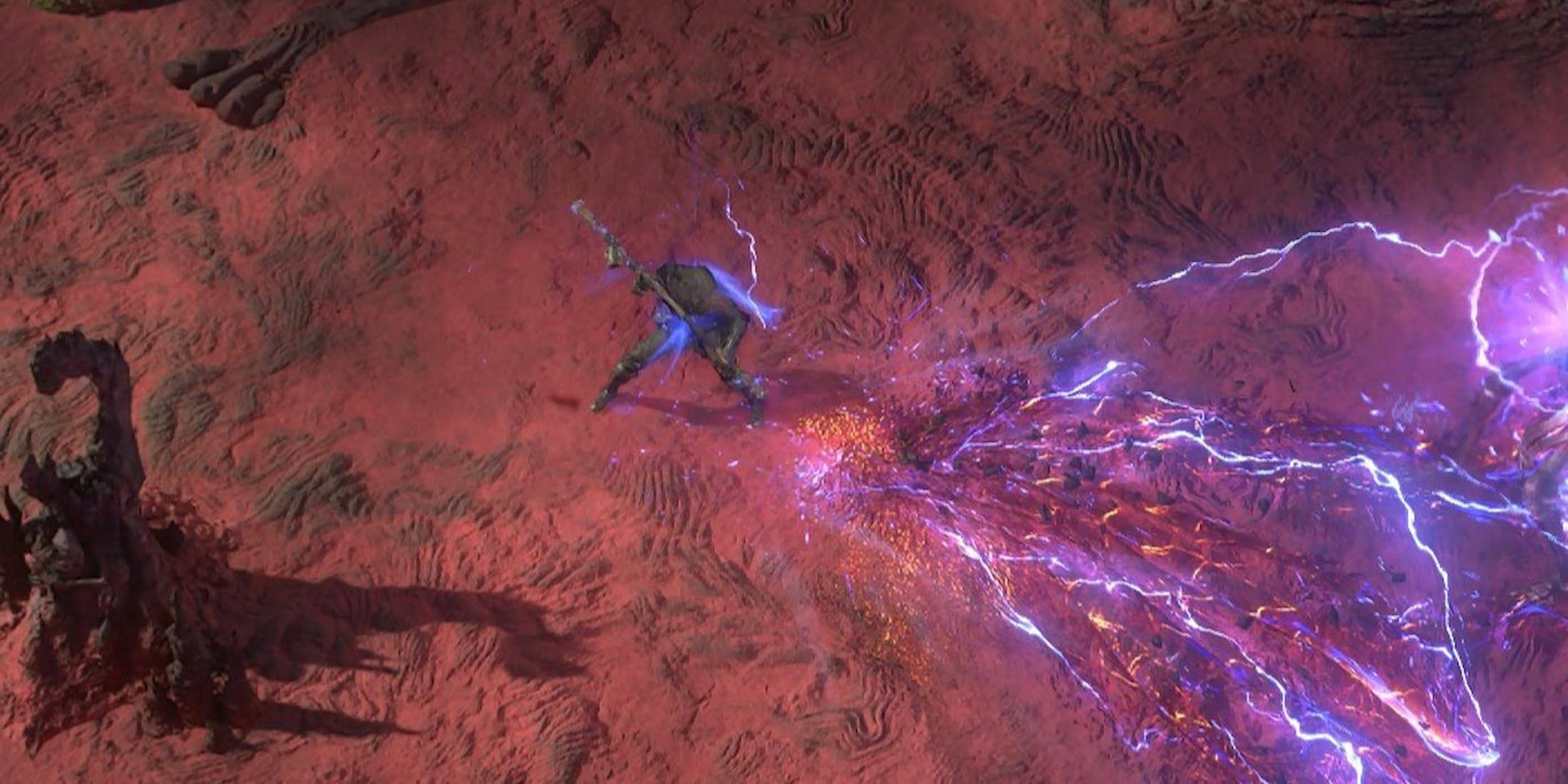
Power Charges in Path of Exile 2: Explained
Apr 03,2025
-
Download

Portrait Sketch
Photography / 37.12M
Update: Dec 17,2024
-
Download

Friendship with Benefits
Casual / 150.32M
Update: Dec 13,2024
-
Download
![[NSFW 18+] Sissy Trainer](https://img.jdzca.com/uploads/16/1719638919667f9b874d57e.png)
[NSFW 18+] Sissy Trainer
Casual / 36.00M
Update: Dec 11,2024
-
4
F.I.L.F. 2
-
5
슬롯 마카오 카지노 - 정말 재미나는 리얼 슬롯머신
-
6
Shuffles by Pinterest
-
7
Pocket Touch Simulation! for
-
8
Life with a College Girl
-
9
Chubby Story [v1.4.2] (Localizations)
-
10
Hunter Akuna








